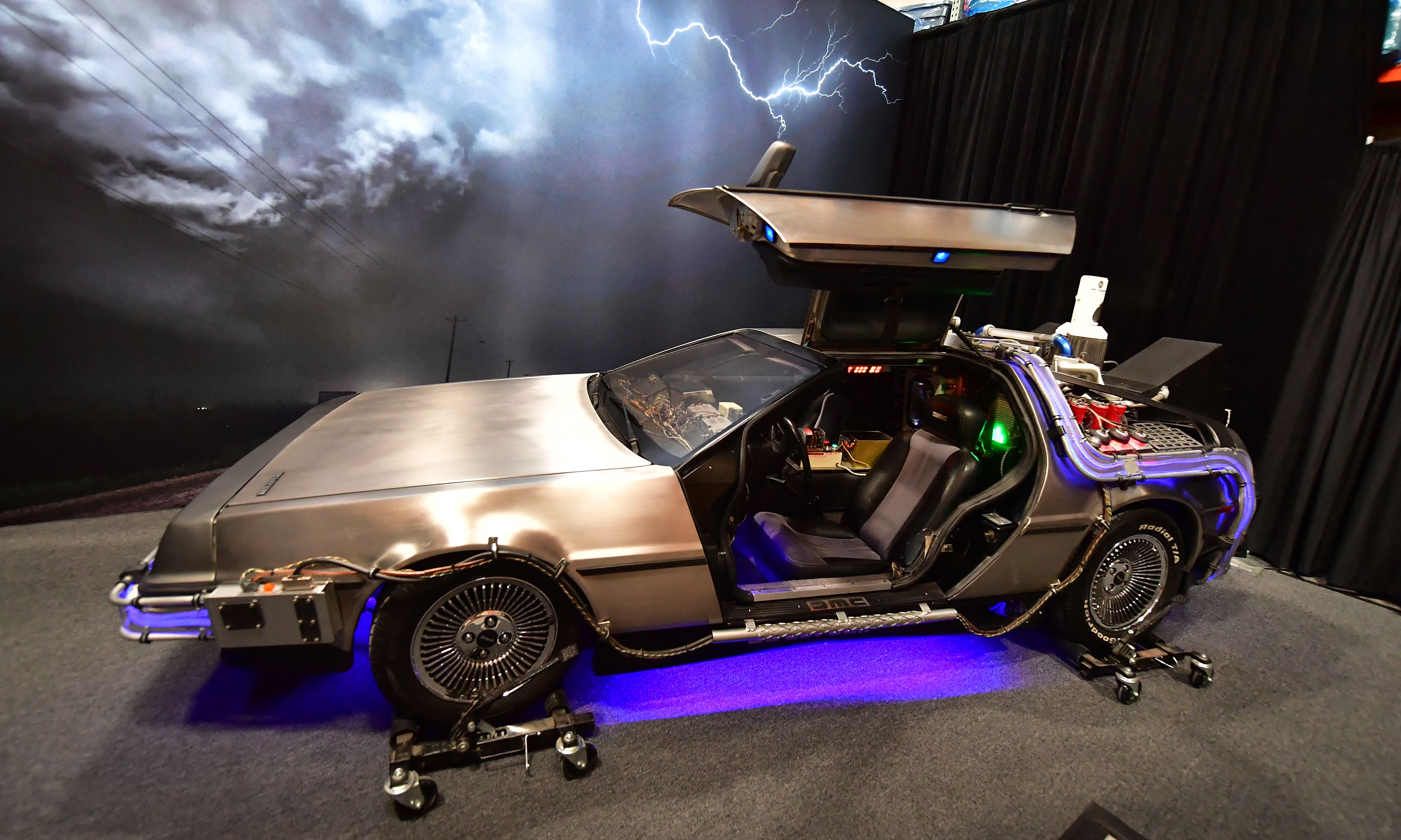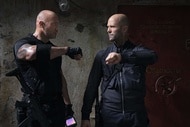Create a free profile to get unlimited access to exclusive videos, sweepstakes, and more!
How a well-timed drug bust led to the DeLorean becoming the 'Back to the Future’ time machine
Because four wheels makes for a way cooler time machine than ... a refrigerator.

Back to the Future and its two time-tripping sequels are back on Peacock, which means it’s easier than ever to strap in the DeLorean and fire up the flux capacitor for a blast back in time to Marty McFly’s 1980s high school haunts ... and beyond!
What fans may not realize, though, is that early drafts of the original movie’s screenplay called for Doc Brown’s sweet stainless steel time ride to be portrayed as nothing more than a lowly, lead-lined refrigerator — not a car. And if it weren’t for a high-profile, real-world drug bust that had seized early-1980s headlines while the movie was in its planning stages, Doc’s iconic DeLorean probably never would’ve burned big-screen rubber back to the 1950s on that fateful lightning strike.
Taking a tour through some fun BTTF trivia on the anniversary of Part II’s Oct. 21, 2015 time leap, co-writer Bob Gale shared with CNET the short but simple story of how an exotic 1980s whip won out over a dull appliance as Marty and Doc’s time conveyance of choice. It all has to do, he said, with the much-buzzed 1982 cocaine arrest of John Z. DeLorean, founder of the boutique American car company that manufactured the short-lived niche vehicle.
“Bob Zemeckis [director and co-writer] came up with the idea,” Gale explained. “He said, ‘Wouldn't it make more sense to build the time machine into a car?' ... DeLorean was on trial. He was news. And that stainless steel finish looks great.”
Few viewers would argue with that. Finding and retro-fluxing older DMC-12 models (the official moniker for the DeLorean that served as the template for McFly’s movie ride) has become a favored pastime for a handful of dedicated Future fans who want a real-life whip that looks just like Marty’s. "Everyone who owns a DeLorean either got it because of the movie or kept it because of the movie," Gale observed.
For what it’s worth, the real John DeLorean, who died in 2005, beat his criminal case, invoking an entrapment defense to win a complete acquittal in 1984 on his high-profile cocaine smuggling charge. Back to the Future wouldn’t debut until a year later (July 3, 1985, to be exact). But by the time the movie caught pop culture lightning in a bottle and started racing laps around the box office, the sensational media blitz surrounding DeLorean’s drug case gave way to a different (and unquestionably more upbeat) kind of notoriety: Even though his car company had gone defunct in 1982, he’d forever be known as the guy behind the design of Marty McFly’s futuristic time machine.
Catch Marty’s souped-up DeLorean — one of only 9,200 ever made — in Back to the Future, Back to the Future Part II, and Back to the Future Part III, all streaming now on Peacock.

























